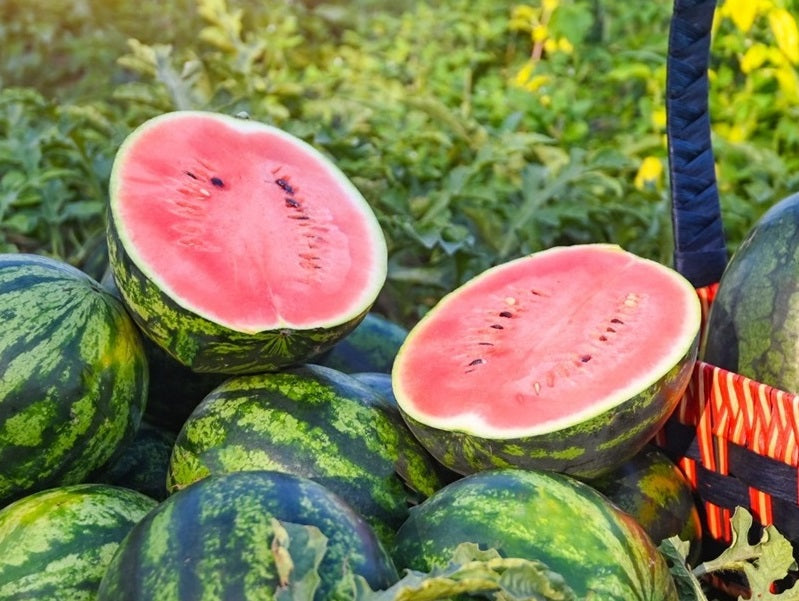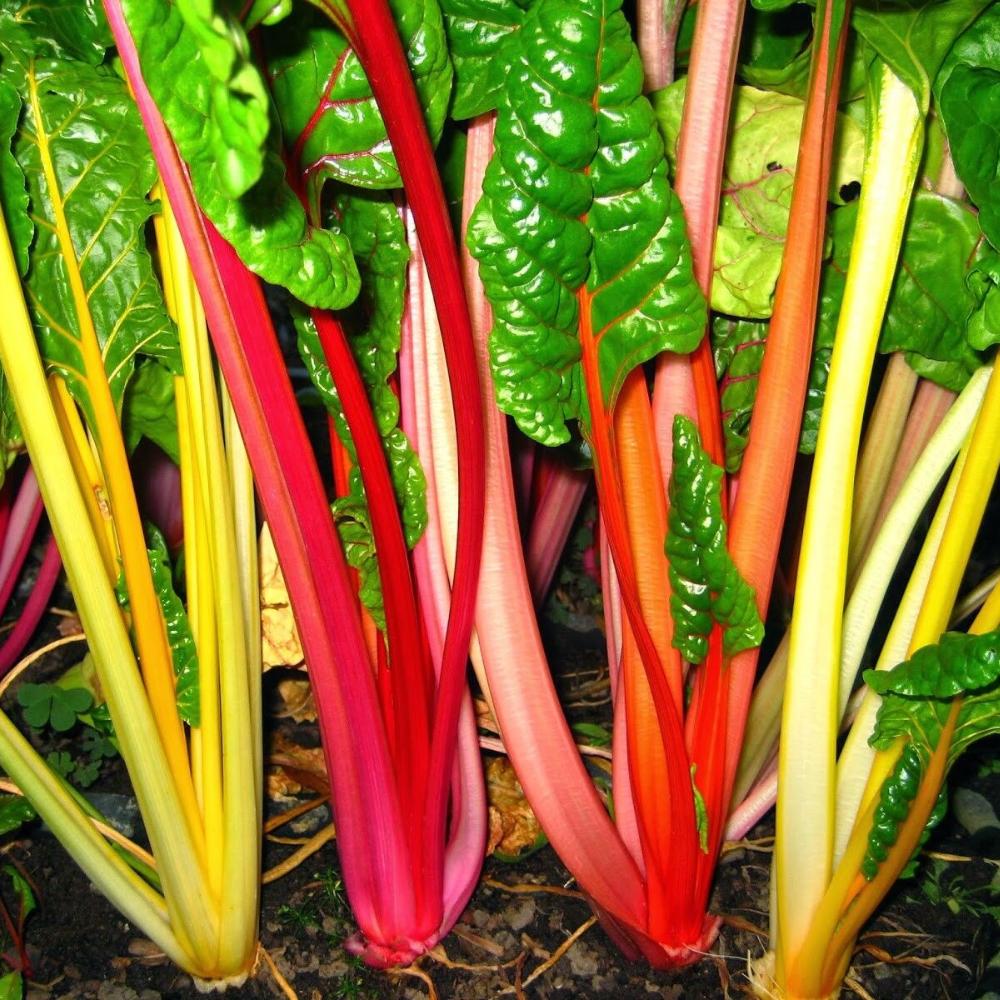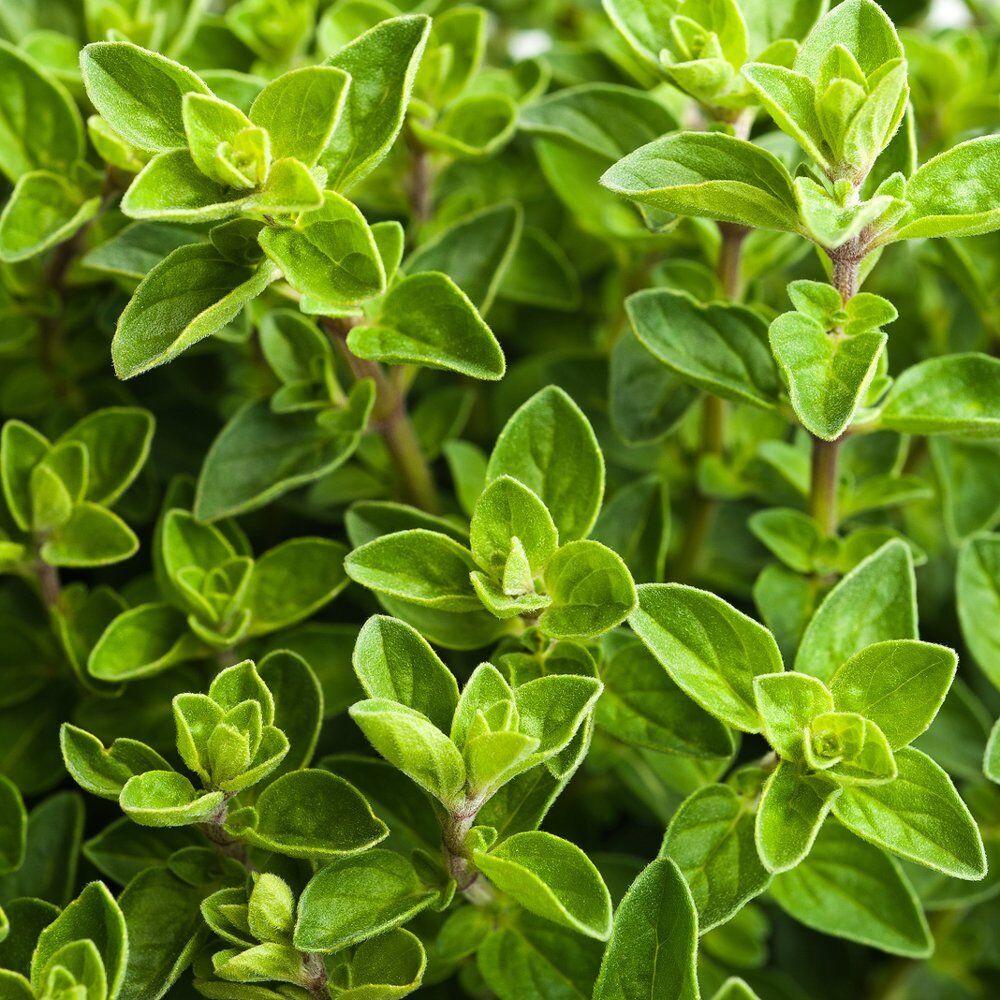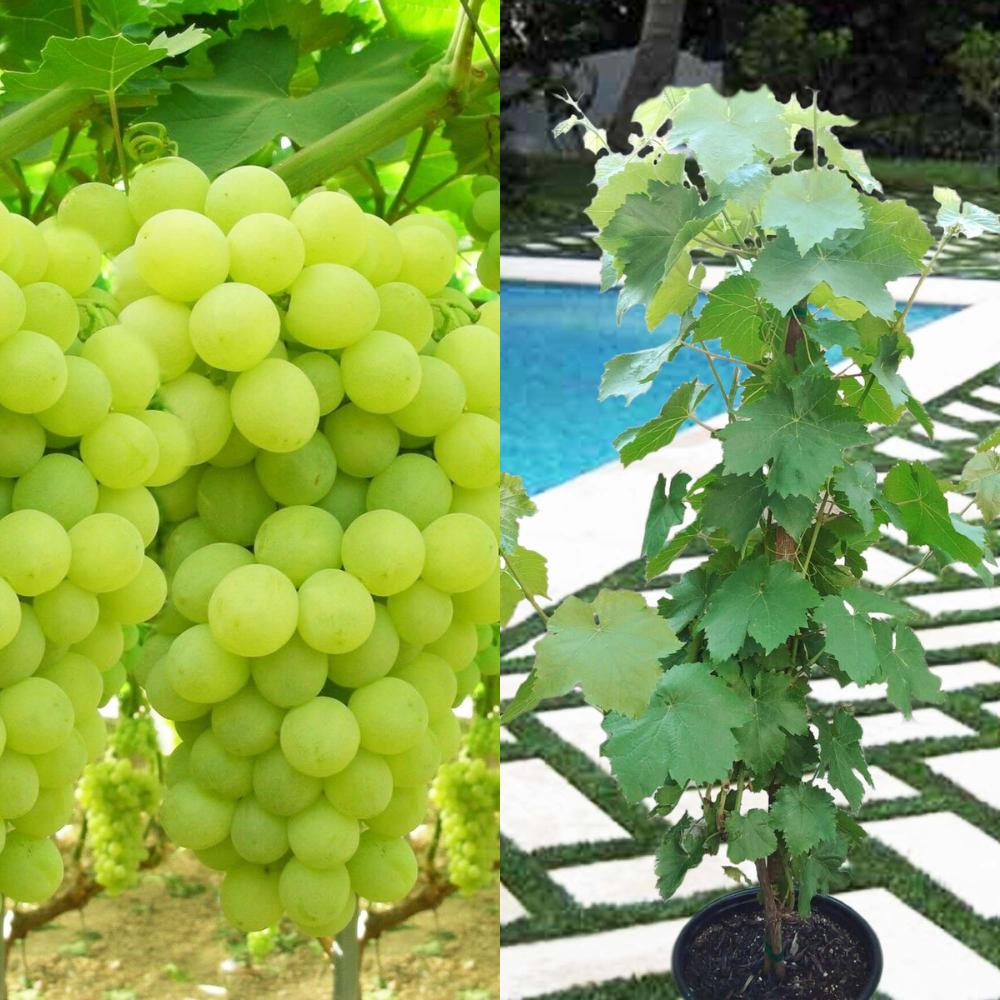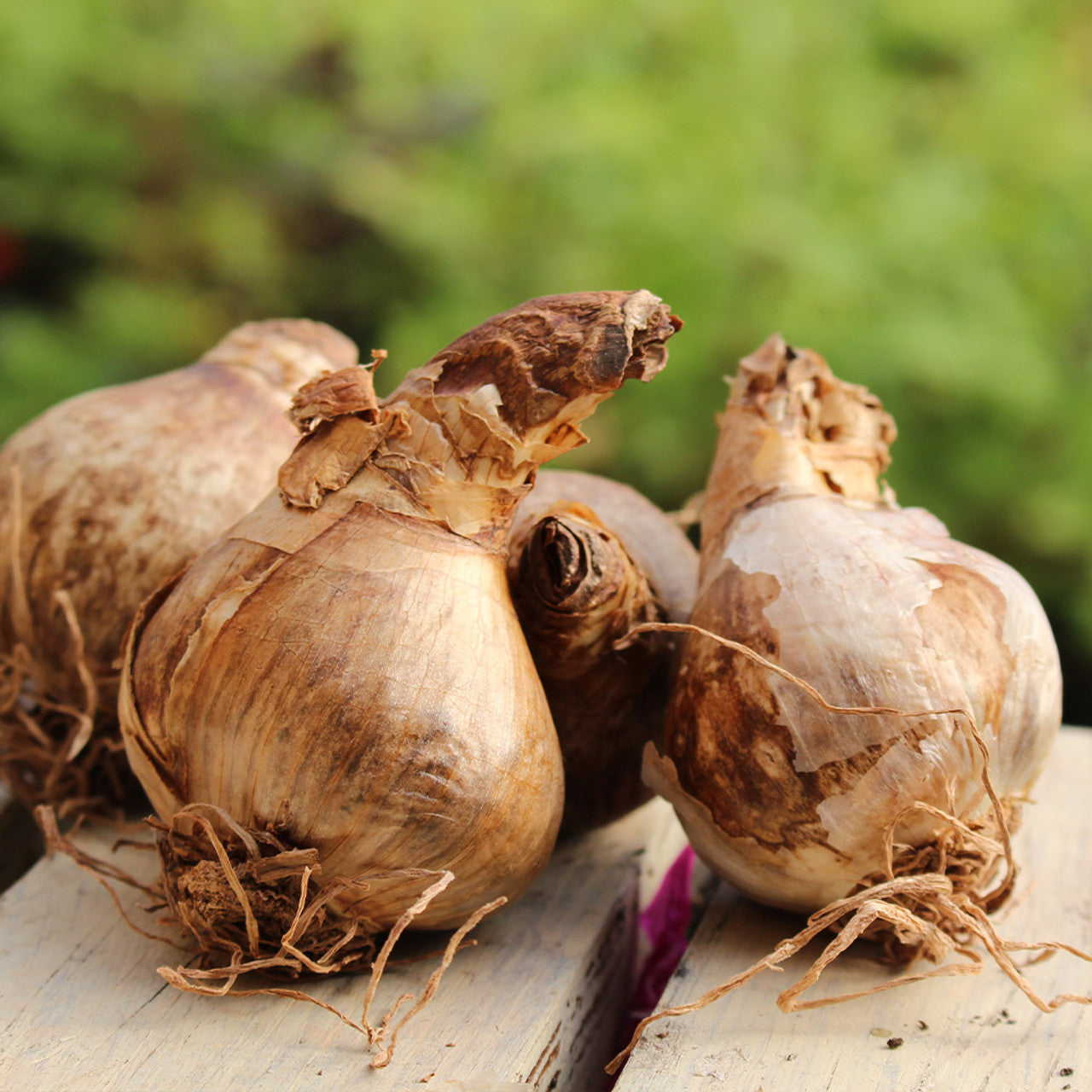(source image: thebacklabel)
If you're looking to cultivate your own vineyard or simply want to grow your own Vitis vinifera Cabernet Sauvignon wine grapes, you're in the right place! Known for producing some of the world's finest wines, the Cabernet Sauvignon grape variety is a popular choice for both amateur and professional growers. The good news is that you can grow this incredible grape variety right from the seeds, allowing you to enjoy the process of nurturing the vines to fruition.
In this blog post, we will provide a step-by-step guide to growing Vitis vinifera Cabernet Sauvignon wine grape fruit seeds, covering everything from soil preparation to harvest. Whether you're in a temperate climate or looking to grow grapes in a small garden, these tips will help you achieve success in growing this premium grape variety.
Why Grow Vitis Vinifera Cabernet Sauvignon Wine Grapes?
Vitis vinifera Cabernet Sauvignon is one of the most renowned grape varieties globally. It produces dark, small, and flavorful grapes that are ideal for winemaking, offering rich tannins, acidity, and a range of flavors that vary from green pepper to blackcurrant. Growing Cabernet Sauvignon wine grapes has numerous benefits, including:
- Homegrown Wine Production: If you’re passionate about wine, growing your own Cabernet Sauvignon grapes gives you the opportunity to make your own wine at home.
- High-Quality Fruit: Cabernet Sauvignon is known for producing high-quality fruit, which can be used in a variety of ways, from wine to fresh snacking.
- A Beautiful Garden Addition: Grape vines add charm to any garden, making them both decorative and functional.
1. Start with the Right Seeds: Where to Buy Vitis Vinifera Cabernet Sauvignon Seeds
The first step in growing Cabernet Sauvignon wine grapes is acquiring high-quality seeds. Vitis vinifera grape seeds are widely available from nurseries, garden centers, and online retailers. It is important to ensure that the seeds you purchase are from a reputable source to avoid any issues with seed quality.
While many grape growers start with cuttings or young vines for faster growth, starting from seed can be a rewarding challenge that allows you to experience the full lifecycle of the plant.
2. Germinating the Vitis Vinifera Cabernet Sauvignon Seeds
Germinating Vitis vinifera Cabernet Sauvignon seeds requires patience and attention to detail. Here’s how you can start the process:
Cold Stratification
Since grape seeds are typically dormant and need a period of cold to break dormancy, you'll need to simulate winter conditions. This process is known as cold stratification.
- Step 1: Place your grape seeds in a plastic bag filled with a moist paper towel or sphagnum moss.
- Step 2: Seal the bag and place it in the refrigerator for 30 to 60 days. This mimics the cold winter period.
- Step 3: Check the seeds periodically to ensure they remain moist. After the stratification period, remove the seeds and allow them to warm up for a day or two before planting.
Planting the Seeds
Once the seeds have gone through stratification, you can plant them in a container. Here’s what you need to do:
- Step 1: Fill a small pot with well-draining seed-starting mix or loamy soil.
- Step 2: Plant the seeds about 1 inch deep into the soil.
- Step 3: Water gently and cover the pot with plastic to maintain humidity. Place the pot in a warm spot with indirect sunlight.
- Step 4: Keep the soil moist, but not soggy, as excessive water can lead to mold or seed rot.
It can take a few weeks to a couple of months for the seeds to sprout. Once the seedlings begin to emerge, you can gradually reduce the humidity and begin acclimating them to outdoor conditions.
3. Preparing the Soil for Cabernet Sauvignon Vines
Grapes require well-drained soil to thrive. Before transplanting your seedlings outdoors, you should prepare the soil to ensure the best growing conditions for your Vitis vinifera Cabernet Sauvignon vines.
- Soil Type: Grapes prefer sandy loam or loamy soil with a pH level between 5.5 and 7.0. Test your soil before planting to ensure it falls within the ideal range.
- Soil Preparation: Improve soil drainage by mixing organic matter, such as compost or well-rotted manure, into the planting area. This will help retain moisture while promoting proper root growth.
You may also want to consider planting in raised beds or containers if you have poor soil quality or are growing grapes in an urban garden.
4. Transplanting Cabernet Sauvignon Vines
Once your seedlings have grown strong enough and have developed several sets of leaves, it’s time to transplant them outdoors. The best time to transplant grapevines is in the spring after the last frost, when the weather begins to warm.
- Spacing: Grapevines need plenty of space to grow. Space your vines at least 6 to 8 feet apart to ensure they have enough room to spread out.
- Planting Depth: When transplanting, make sure the root ball is level with the soil surface to prevent root rot and allow for proper water drainage.
- Support: Grapevines need a trellis or support system to grow vertically. Install a sturdy trellis or support system at the time of planting to guide the vines as they grow.
5. Caring for Your Vitis Vinifera Cabernet Sauvignon Vines
Caring for your Cabernet Sauvignon grapevines is essential to ensure they grow strong and produce healthy fruit. Here are some key tips to help your vines thrive:
Watering
While grapevines are relatively drought-tolerant once established, they need regular watering during the first year of growth. Water deeply to encourage deep root growth, but ensure that the soil drains well to prevent waterlogging.
Pruning
Pruning is a crucial aspect of grapevine care. Regularly prune your vines to remove dead or weak growth, allowing the plant to focus its energy on producing healthy fruit. In late winter or early spring, prune back the vines to about 2-4 buds per shoot to encourage new growth.
Fertilizing
Grapevines do not require excessive fertilization, but a balanced fertilizer (high in phosphorus) can help promote healthy root development and fruiting. Fertilize in early spring before new growth begins, following the manufacturer’s recommendations.
Pest and Disease Control
Keep an eye out for pests and diseases that may affect your vines. Common issues include grapevine moths, aphids, and mildew. Use organic methods such as neem oil or insecticidal soap to treat any pest problems. Regularly inspect your vines for signs of fungal infections and remove any infected leaves or shoots.
6. Harvesting Your Cabernet Sauvignon Grapes
Growing Vitis vinifera Cabernet Sauvignon wine grapes from seed is a long-term investment, and it may take 3 to 5 years for the vines to produce a substantial harvest. However, once the vines mature, you'll be rewarded with an abundant crop of high-quality grapes.
- Harvest Time: Cabernet Sauvignon grapes typically ripen in late summer or early fall, depending on your local climate. Harvest the grapes when they are fully ripe, and the sugar content is high. You can taste a few grapes to determine if they are ready for harvest.
- Grape Clusters: Use clean, sharp pruning shears to cut the grape clusters from the vine. Be careful not to damage the vine or surrounding leaves.
7. Enjoying Your Cabernet Sauvignon Grapes
After harvesting, you can enjoy the fruits of your labor in various ways:
- Wine Production: If you’re a winemaking enthusiast, you can crush the grapes to create your own Cabernet Sauvignon wine.
- Fresh Snacking: The ripe grapes are perfect for eating fresh or using in desserts, jams, and sauces.
- Grape Juice: You can also make your own fresh grape juice or freeze the grapes for later use.
Conclusion: Growing Vitis Vinifera Cabernet Sauvignon Wine Grape Fruit Seeds
Growing Vitis vinifera Cabernet Sauvignon wine grape fruit from seeds is a rewarding experience that requires patience, attention to detail, and care. By following the steps outlined in this guide -starting from seed germination to providing proper care and harvesting- you can successfully grow your own high-quality Cabernet Sauvignon grapes.
Whether you’re growing them for wine production, fresh eating, or simply as a beautiful addition to your garden, Vitis vinifera Cabernet Sauvignon vines can thrive with the right environment and care. With time, effort, and dedication, you’ll soon be able to enjoy the fruits of your labor, literally and figuratively! Happy growing!



